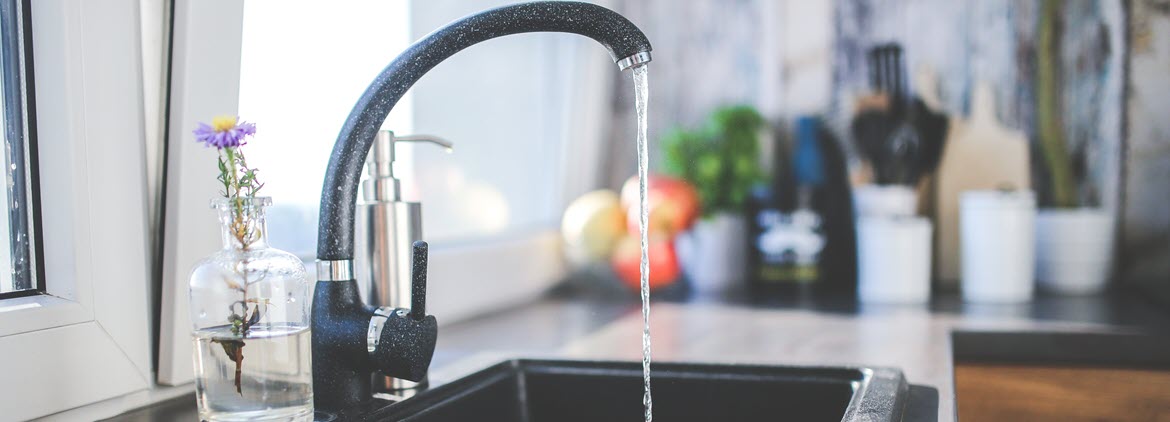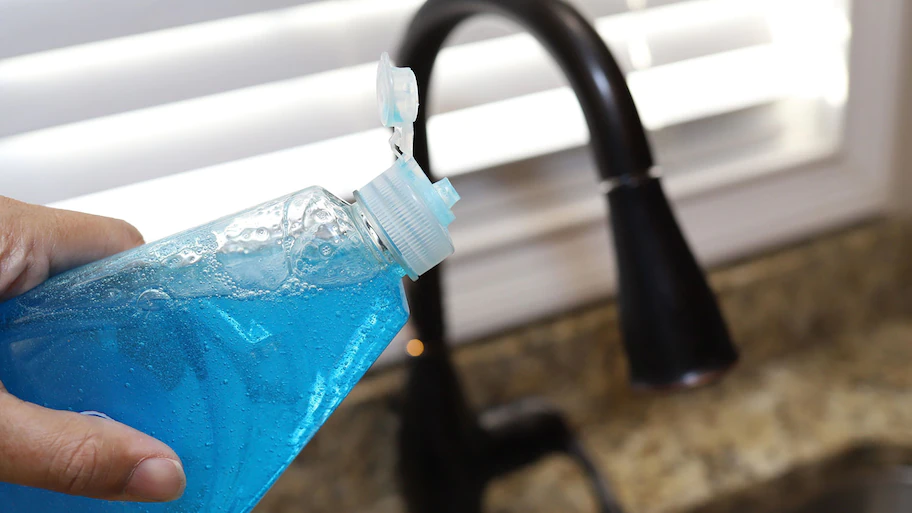What are your concepts on What I learned from trying to deal with a clogged drain?

Introduction
Handling a blocked drainpipe can be a frustrating experience, disrupting everyday activities and possibly causing damages to your property. However, prior to reaching out to plumbing professionals, there are steps you can require to deal with the issue yourself. In this guide, we'll check out do it yourself options and safety nets to deal with a blocked drain successfully.
Determining the Concern
The initial step in attending to an obstructed drainpipe is identifying the indicators. Sluggish drain, gurgling noises, foul odors originating from drains pipes, or water support up prevail indicators of an obstructed drainpipe. Identifying these indicators early can aid prevent even more complications.
Picking the Right Pipes Solution
When picking a pipes solution, think about elements such as experience, licensing, and customer testimonials. Choose a respectable plumbing with a track record of quality craftsmanship and clear pricing practices.
Price Factors to consider
The price of professional drain cleaning services can differ depending on the intensity of the obstruction and the plumbing technician's rates. Demand quotes from multiple service providers and inquire about any additional charges to make sure transparency and prevent shocks.
Safety Measures
When trying do it yourself drainpipe cleaning, focus on security. Put on protective gloves and eyeglasses to prevent contact with dangerous chemicals or germs. Never mix various drain cleaning products, as this can create harmful fumes.
Case Studies
Real-life instances highlight the efficiency of DIY solutions and the importance of prompt expert intervention in solving drain obstructions.
Typical Causes of Blocked Drains
Comprehending the factors that add to drain blockages is vital for efficient resolution. Typical offenders include hair, soap scum, grease, food debris, and international objects like hygienic products or paper towels. Tree origins invading underground pipelines can likewise create considerable clogs.
Do it yourself Solutions
For minor obstructions, a number of do it yourself options can be reliable. Pouring boiling thin down the drain can assist dissolve oil and debris. Baking soda and vinegar or a blend of salt and baking soft drink can act as natural cleaners. Making use of a bettor or pipes serpent to remove obstructions is an additional choice.
Devices and Tools
Having the right tools accessible can make DIY drainpipe cleaning up more reliable. A bettor is a flexible tool for getting rid of obstructions in sinks, toilets, and showers. A pipes snake or auger can get to deeper obstructions, while drainpipe cleansing chemicals can be made use of meticulously for persistent clogs.
Preventive Measures
To prevent future clogs, adopting preventive measures is vital. Set up drainpipe guards or filters to catch hair and particles before they get in the pipelines. Routinely flush drains with hot water to dissolve grease build-up, and avoid taking care of grease or strong waste down the drain.
When to Call an Expert
While DIY remedies can resolve small blockages, particular indicators show the need for professional assistance. Consistent blockages, foul odors in spite of cleansing initiatives, or numerous drains supporting at the same time are red flags that require skilled intervention.
Verdict
By following the tips described in this overview, you can properly tackle blocked drains and prevent future plumbing issues. Whether selecting DIY remedies or seeking professional help, punctual action is essential to maintaining a healthy and balanced pipes system and preserving the integrity of your home.
WHAT I LEARNED FROM TRYING TO DEAL WITH A CLOGGED DRAIN
We have had our share of seepages and other annoying things that are part of living, especially in an apartment complex. And if there’s one thing that’s terrifying for a homeowner—or even someone in a rented home—it is a clogged drain, indoors or outdoors.
We enjoy our living space, but it’s simply a fact of life that dead skin, soap and a host of other items go down the drain; eventually, the residue builds up and prevents anything from moving. Ugh.
Not Calling A Professional
Of course, it might seem simple to just whip the pipe off under the sink and see if you can unblock it. Unfortunately, what if the blockage isn’t there, or you don’t reconnect it properly? Worse, you might break a piece and have no drainage system. Can you imagine that scene? Yuck!
Not Watching Your Waste
This will sound d’uh, but the best tip I can give you for drain cleaning is to avoid clogging the drain in the first place! You can do this by monitoring what goes down the drain and catching the items which are most likely to give you a problem. Invariably hair, vegetable peels, and large wads of toilet paper are the most obvious culprits. Add a filter—these are available in hardware stores and can be removed and cleaned easily.
Poking The Drain
The first urge with a clogged drain is to poke at it with a stick or anything that resembles a stick. Sadly, this does not result in magically solving the issue. The mental image is, naturally, one of the stick just pushing through the offending item and all is well again. Reality is quite different and unpleasant and likely to lead to further problems.
The thing is, every drain has a series of bends that are not visible to us. Drains are built this way to prevent gases from entering the house. What happens when you poke a stick into the drain? Of course, it can’t bend around the corner. The more adventurous people will use force and end up wedging the stick or causing it to break off in the pipe—creating an even bigger issue. Worst thing? The stick will shift the block further down the pipe, creating the space for more to collect. Go ahead! Roll your eyes!
Using The Wrong Plunger
You know what they say: the right tool for the right job! Did you know there are different types of plungers besides the basic one we keep at home for an emergency? Yes, there are. For example, the toilet plunger has a bell-shaped bottom while the sink plunger is flat. This is an important difference and using the wrong plunger will be useless. There’s also a knack in using plungers—they must be placed in such a way that they create an airtight seal and then, moved slowly up and down—not as fast as we imagine.
https://vidyasury.com/2018/01/learned-trying-deal-clogged-drain.html

I'm certainly very inquisitive about 8 Tips For Clearing A Blocked Drain and I really hope you enjoyed the piece. Do you know anybody else who is serious about the subject? Be sure share it. Thanks so much for taking the time to read it.
Call Today
Comments on “Steps for Managing a Blocked Drain Prior to Reaching out to Professional Plumbers”